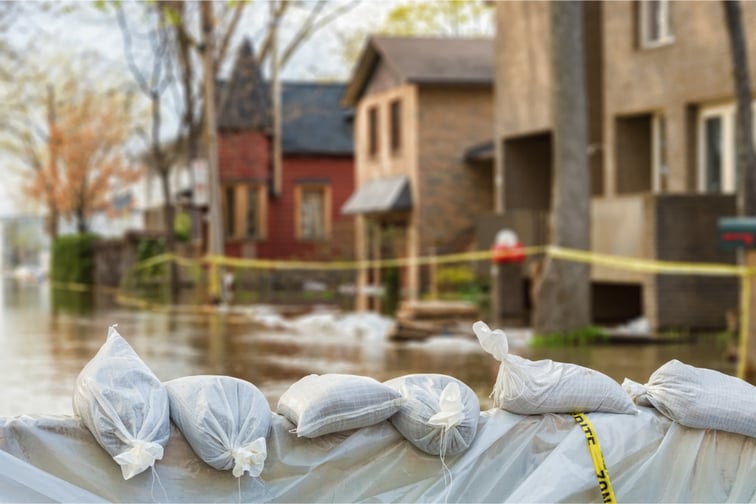

A recent NIWA report shows that the New Zealand government must co-fund flood protection schemes, which can no longer rely solely on insurance.
The report, titled Climate change projections for west of Wellington’s Tararua and Remutaka Ranges, found that seasonal rainfall in parts of the Greater Wellington region is likely to increase by up to 16%, with increasingly frequent episodes of heavy rain, damaging downpours and potential floods.
By 2040, annual rainfall is forecast to increase by up to 8% throughout the region, some areas experiencing more rainfall, especially in winter, when it could reach 16%. The report said that extreme rainfall events are projected to become more frequent and more severe, with rainfall heavier and lasting longer. There will be considerable potential to increase flash flooding.
“The case for central government co-investing in flood protection schemes is equally clear,” said Greater Wellington Regional Council chair Daran Ponter. “A step change is required to protect our communities by further developing the resilience provided by our flood protection schemes – and the time for this step change is now.”
The report said that co-investment by councils and the Crown will also help reduce the huge costs of clean-up, such as those seen in Westport and Nelson after recent floods. The investments will help proactively prepare for such events with critical flood protection infrastructure upgrades that will help mitigate the impact of climate change related destruction.
Ponter said communities can no longer rely on insurance for flood protection, with insurers either exiting from the market or making cover harder to access for property owners.
“Without increased public intervention, the risks to lives and properties – including extensive and valuable crown assets – increase every day,” Ponter said. “The release of the government’s report on vulnerable communities exposed to flood hazard underscores the urgency of a joint approach to investment flood protection schemes.”
According to the council, the following areas in the region are most at risk of flooding: Ōtaki/Ōtaki Beach, the Kāpiti Coast from Waikanae to Paekākāriki, and Masterton. Massive investment is being poured into the RiverLink scheme in Lower Hutt, aiming to protect more than $1 billion in assets, including many owned by the Crown.
